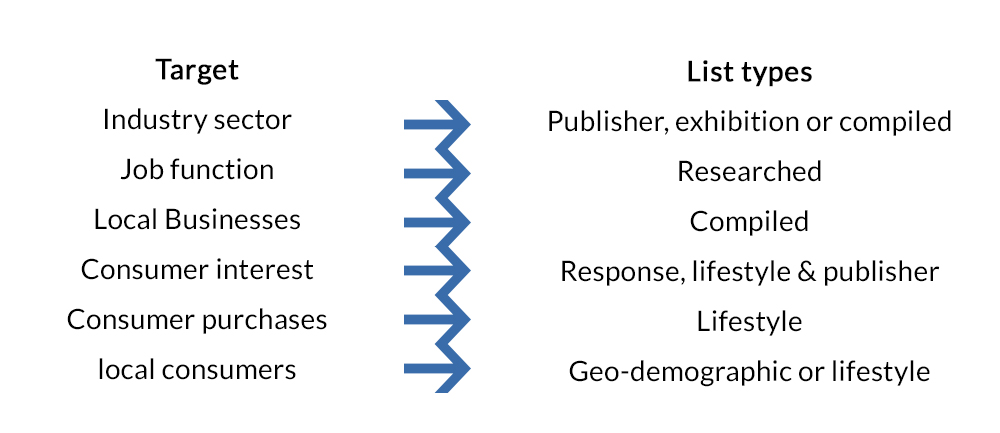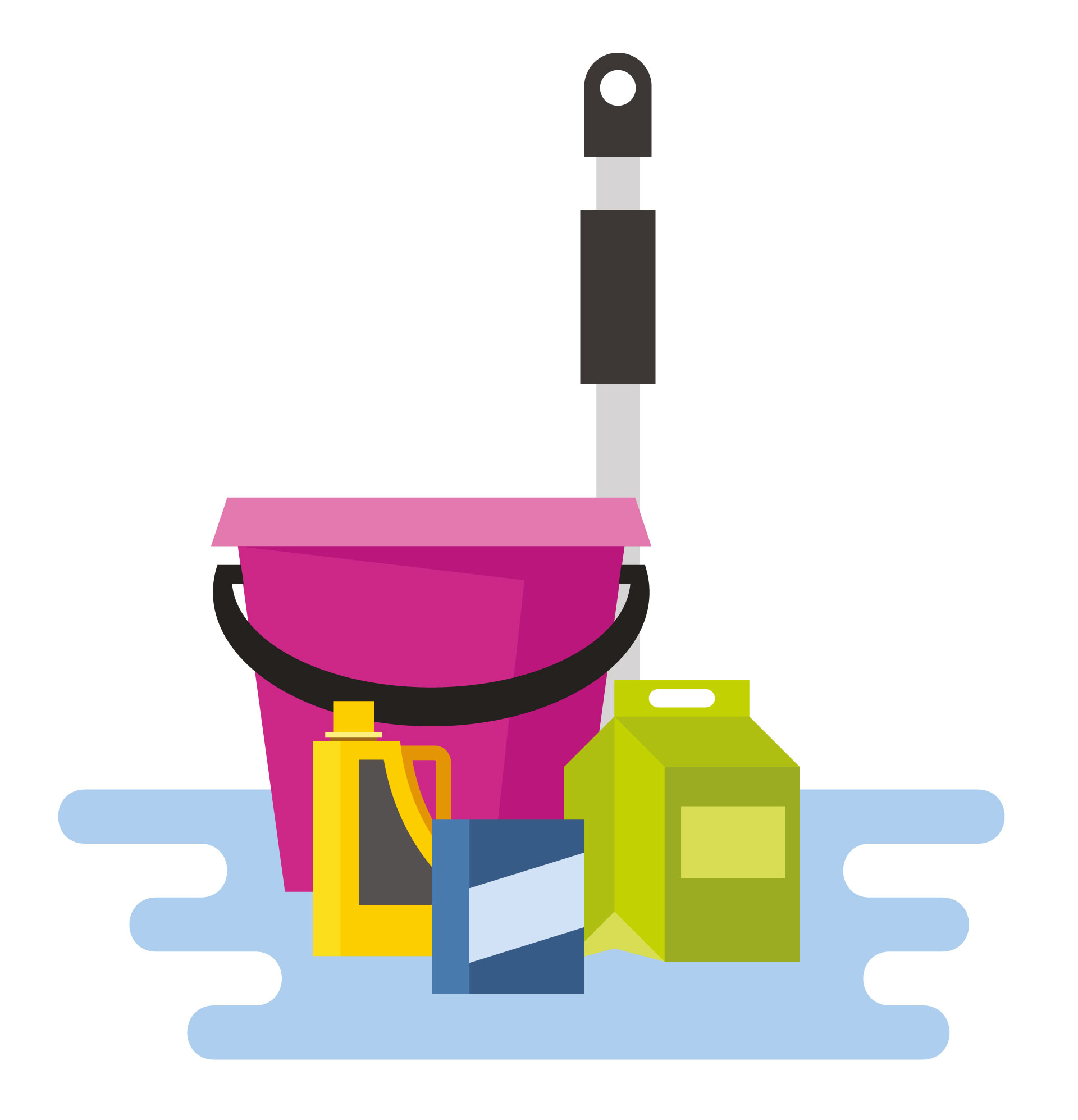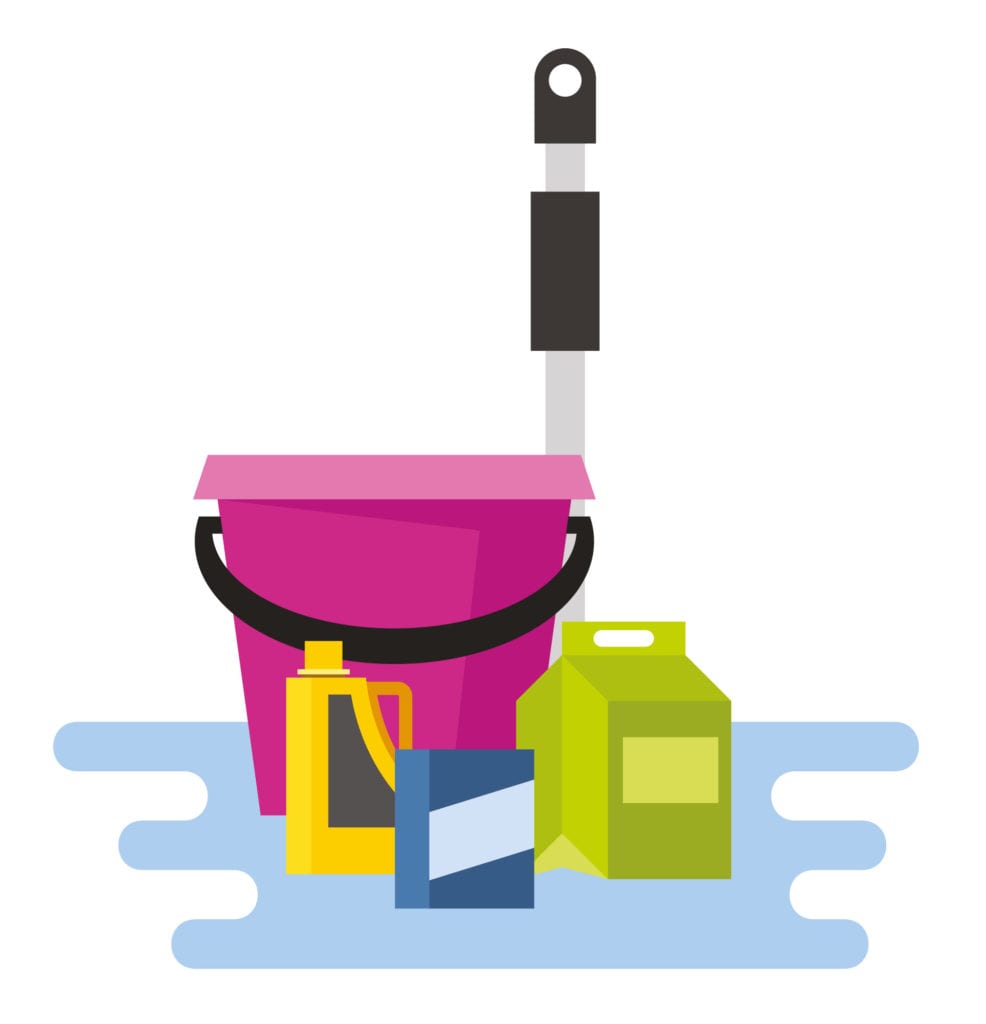
The list
The quality of the list is the single most important factor affecting response rate. See our other sheet, Hints & Tips – List Selection & Targeting on ensuring you’re using the best possible list. Also consider that people who are not inundated with offers are more likely to respond so you may increase response by using lists that are less frequently used, or by targeting so as to avoid the inundated.
The offer
If the product or service you are promoting is lacking the basic features expected or your price is too noncompetitive, your response will inevitably be poor. Assuming these fundamentals are OK, you may consider the following to help to boost response;
- Offer a free sample or trial to enable your prospects to experience your product or service.
- Offer an incentive. Be careful with the economics here. Ideally link the incentive to purchase rather than simple response. The gift itself should be relevant to your target audience, or failing that, of universal relevance.
- Offer a discount or special price. Again be careful with the economics. A 20% discount may increase response to cover its cost but a 30% discount fails to pull the extra response needed. Experiment with different ways of describing the discount – “buy one get one free” usually works better than, “2 for the price of 1”, “half price”, “50% off”.
- Always set a limited time to respond if providing an incentive, discount etc. This encourages the recipient to actually respond rather than putting it aside until later – and stick to it!
The Mail-piece
Try not sacrifice clarity and response generation in favour of cutting edge creative genius. Relevant photographs increase response more than drawings or diagrams. Keep your mail piece to the point, you need to explain the benefits of your product or service but not ramble on, include testimonials and try to answer the reader’s questions.
Use a strong headline (repeat this on the envelope if possible) and make use of headings, sub-headings, indents and bullet points as most people will scan the piece before they read it properly. Use plain English and short sentences. Don’t crowd the page – leave plenty of white space. This all makes your mail-piece easier to read and increases response. Consider using an easy to read font such as a serif font. Research suggests this is more likely to be read and remembered.
Personalisation of the mail-piece can improve response dramatically. However personalisation is not simply scattering the prospect’s name throughout the mail-piece. It is tailoring the text of the offer to the recipient and demonstrating the benefits to them personally. Thus a short piece promoting events local to the recipient will generate a better response than a huge tome covering all events nationally.
If you are mailing to a named individual, make sure you get the name right, but do not be afraid to mail without a name (or without a salutation if it cannot be derived). “Dear Reader” is acceptable – or better, replace the salutation completely with a bold heading. Some business mailers claim to improve response by not mailing to a name at all, preferring to mail to a job title, which can be exactly the person you seek to reach e.g. The Network Security Manager.
Timing
Obvious really – make sure you time your mailing to drop at a time when your prospect is most likely to buy. For business mailings try to avoid times when your prospect is likely to be away or manically busy (e.g. industry trade fairs). There is some evidence that business mailings arriving mid-week are more responsive than those arriving on a Monday or Friday. This is particularly true for email campaigns.
Many believe that consumer mailings are more likely to be read thoroughly at weekends. Many mailers avoid the holiday period altogether but a growing number have realised that not everyone is away at the same time and that those that are at home are more likely to read a mailing when there is less on the doormat
Follow-up
Very important. To increase your response rate consider contacting each prospect more than once – and at least quarterly. Increasing the frequency normally increases the response rate and many direct marketers now prefer to contact prospects monthly. Consider following up your mailing with a telephone call. Particularly in business to business, a follow-up telephone call 3-4 days after the mailing has landed can significantly increase your response. A call-mail-call pattern can produce even greater results.
The response mechanism
The simple rule is to make it as easy as possible to respond. Different people will prefer to respond in different ways so make sure you offer all the options (mail, fax, telephone, email, web-site). Do as much of the work as possible for the prospect. If you provide a reply card, fill in the prospect’s details – this can increase response by up to 15%. Always repeat the main points of the offer on the reply-card – people may just keep the reply-card and wonder later what it was about. Repeating the offer may just get it sent back to you.
Consider paying the costs of response. Use reply-paid postage (you only pay for the replies that are actually mailed). Use a free-call or local-rate telephone number. If your prospect must pay the full call charge, use a non-geographic number to avoid the “not local – too distant” argument. Always tell your prospects how much (or how little) the call will cost – many people confuse 0945 (local rate) with 0898 (premium rate) and will assume the worst.
Test, Measure, Improve
If you are considering a large volume mailing, do a test-run initially to a smaller number to ensure the response is acceptable. You may even try two or more different lists, letters or offers to see which works best (make sure you can tell from the responses which campaign they came from).
Beware of mailing to very small volumes as you may get a very low or zero response and conclude (wrongly) that the campaign does not work when the same campaign sent to 1000 or more would deliver more statistically significant (and acceptable) results.
Direct marketing is part science, part art. You will not get everything right first time. You will need to refine your campaign over time to maximise your response. The crucial thing is to measure the response from each campaign and learn from the experience, thereby improving your response rate over time.

















